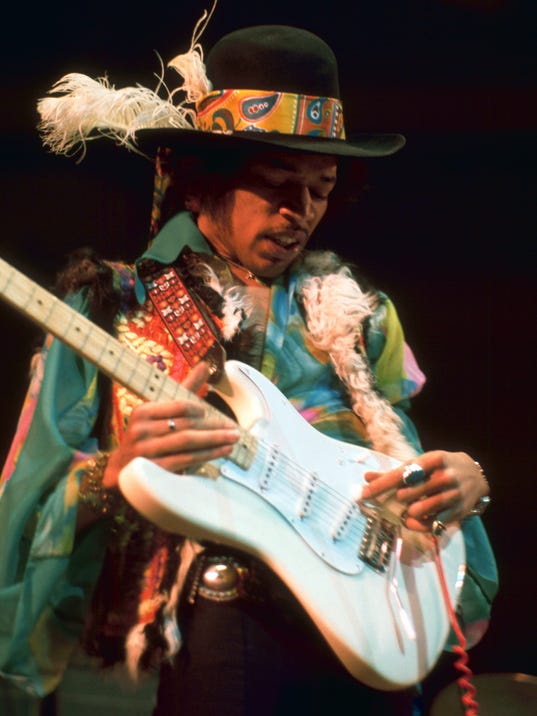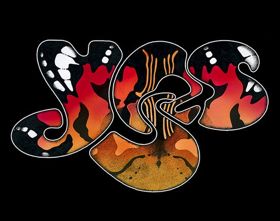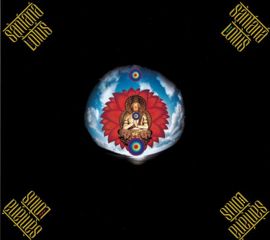 |
| Ecstasy (Lou Reed album) (Photo credit: Wikipedia) |
The plaudits have arrived very quickly for Lou Reed, who has died aged 71.
He is clearly regarded as a towering figure, credited with playing a central role in creating one of the most influential albums in rock history, 1967’s The Velvet Underground & Nico.
He also helped prepare the ground for the emergence of both glam and punk. Throughout his life, Reed always seemed to be the grumpy centre of a zeitgeist.
Oddly, my immediate memory of Lou Reed is of him sitting on a Honda scooter saying: “Hey. Don’t settle for walking.”
I saw him on television when I was a teenager, back when you couldn’t watch things over and over again on your phone. There he was on our suburban American television and then he was gone. It was almost like it didn’t happen at all.
Looking at the ad again on YouTube this morning, I was struck by how normal Reed looked, how outwardly healthy and considered he appeared when he was sitting on that red scooter as his immortal track Walk on the Wild Side hummed along underneath, accompanying jump cut scenes of New York at night.
One of the comments under the video was a simple, perplexed wail from “daveny1979”, posted a few months ago: “THIS HAPPENED????”

It did.
There seems to be a need among many of Reed’s obituarists to turn him into the Great Artist “we” always knew he was. His band was the most influential, his work the most daring, his feelings the most felt.
But it seems to me that Reed’s biography, the simple facts of his life alone, should complicate the attribution of any such simple superlatives. He was a much more interesting artist than most of these merely laudatory portraits suggest.
Coney Island Baby
In a recently reissued copy of Up-Tight: The Velvet Underground Story, there is a passage that seems to capture something important about Reed.

The book is more or less just a very interesting collection of a lot of very long quotes from people who were there in New York when all those events we think we know so much about were happening.
There is one passage from Tony Conrad, now regarded by many as a very important artist, but who was then just a member of an almost entirely notional pseudo rock-and-roll band. Conrad catches something about Reed that seems crucial to explaining a lot of what followed.
Conrad describes how, when he and The Velvet Underground founding member John Cale lived together at 56 Ludlow Street in Manhattan:
[w]e had been working with LaMonte [Young] for some time doing very austere regimented things which were pretty intense.

After a hard day’s work at the coalface of avant-garde aesthetics, Conrad says he used to like to come home and play Hank Williams and blast selections from his “huge 45 collection”. He says that he and Cale found “something very liberating about the whole rock thing”.
It just so happened their next door neighbour knew some guys who ran a record label out on Coney Island who said, “they were looking for some guys with long hair to form a rock band”. At one of his neighbour’s parties, they met the guys who ran the label, Pickwick Records.
In the course of what Conrad describes as an “interview”, they agreed to go:
out to this weird cinderblock warehouse … packed floor to ceiling with records and in the back these sleazeballs and weirdos wearing polyester suits had a little hole-in-the-wall room with a couple of Ampex tape recorders in it.Conrad continues:
What had happened was they’d gone back there with one of their staff writers, gone crazy one night and recorded a couple of their songs. They’d decided they wanted to release them, but needed a band to cover, because the executives and creepos had made the record.Conrad and his bandmates listened to the record, called The Ostrich, and agreed to “play some gigs to promote the record”.
The next weekend, he remembers, “they came around and picked us up in a station wagon and John Cale, Walter De Maria and I began going out to these gigs trying to break the record” (that’s the celebrated minimalist sculptor Walter De Maria; apparently he played drums).
When the car arrived, they discovered that their band had a fourth member, “the guy who’d actually written and recorded the song - that was Lou Reed. He was 22.”
Shape-shifter
Reading the multitude of memoirs and exegeses from New York in the 1960s, one too easily gets the sense of massive tectonic plates smashing into one another, forming new landmasses in the process. We lose a lot if we only rely on these received narratives.
Lou Reed was a complex character. He was just as able to work his way through a fly-by-night organisation like Pickwick Records as place himself at the heart of Andy Warhol’s complex and sometimes tough social and artistic world.
The Velvet Underground, and the larger enfolding spectacles of The Exploding Plastic Inevitable and The Factory, were not just places where art got made. They were a fashionable, high-profile, and exclusive milieu.
Whether hustling records at the margins of the music industry or working with some of the most celebrated artists of his time, Reed was always particularly capable at placing himself at the centre of things and making himself matter to them.
He will be missed.
Further reading:
The art of rock remembrance: RIP Lou Reed
Charles Fairchild does not work for, consult to, own shares in or receive funding from any company or organisation that would benefit from this article, and has no relevant affiliations.
This article was originally published at The Conversation. Read the original article.













